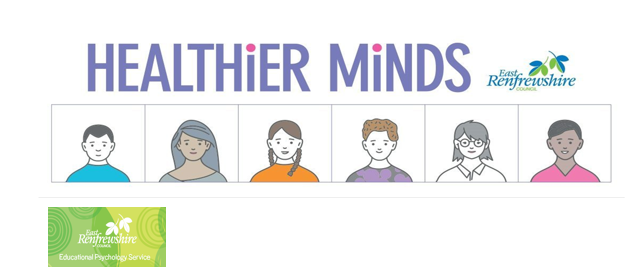Introduction
At this current time, we are all hugely distressed by the images of the war in Ukraine and particularly of the children and their families fleeing the bombardment and seeking refuge and escape from the horror and trauma of war.
Many in our schools are getting ready to welcome in these children and young people and considering ways in which they can best support this transition and nurture their families within our communities.
In this webinar Tina guides us through practical ways in which we can ensure that our schools are places of sanctuary, providing the nurture and trauma informed care that our children and young people so need at this current time.
She highlights specific strategies that you can use to support our refugee children as they transition, to ensure that they feel safe and welcomed. There are a number of evidence-based strategies that can easily be adopted and shared. She points out ways in which we can prepare the children who are in our school communities to welcome their refugee friends, and also identifies the best and safest ways to discuss the war with our children and young people.
Tina discusses the following:
- How to talk to children and young people about war
- How we recognise trauma -related behaviours make use of ‘watchful waiting’ to identify vulnerability factors.
- The need to recognise that all refugee children are different, many will be resilient and not require a bespoke therapeutic intervention – (this may be needed later).
- The importance of treating every child individually and listening to their voice – as one refugee child said ‘I wish they’d asked me about the football team I supported rather than my journey to this country. It just re-traumatised me.’
- How we build and reinforce resilience factors recognise the strengths of individual children and young people.
- Using writing, physical, and calming approaches.
- How we create safe spaces and make use of anxiety reducing easy wins.
- How we ensure schools as sanctuaries in which we build connection, safety, and opportunities for regulation.
The aim of the webinar is to demystify some of the concerns that people may have and provide you with confidence and reassurance you need to undertake this task effectively.
Tina emphasises how we are already doing a great deal in terms of implementing trauma informed approaches and there are opportunities to think about how we can build upon these to further enhance our provisions.
Following the main presentation, there was a Q&A session chaired by Professor Carpenter. All of these elements are included within the recording below.
Recording of the Webinar


